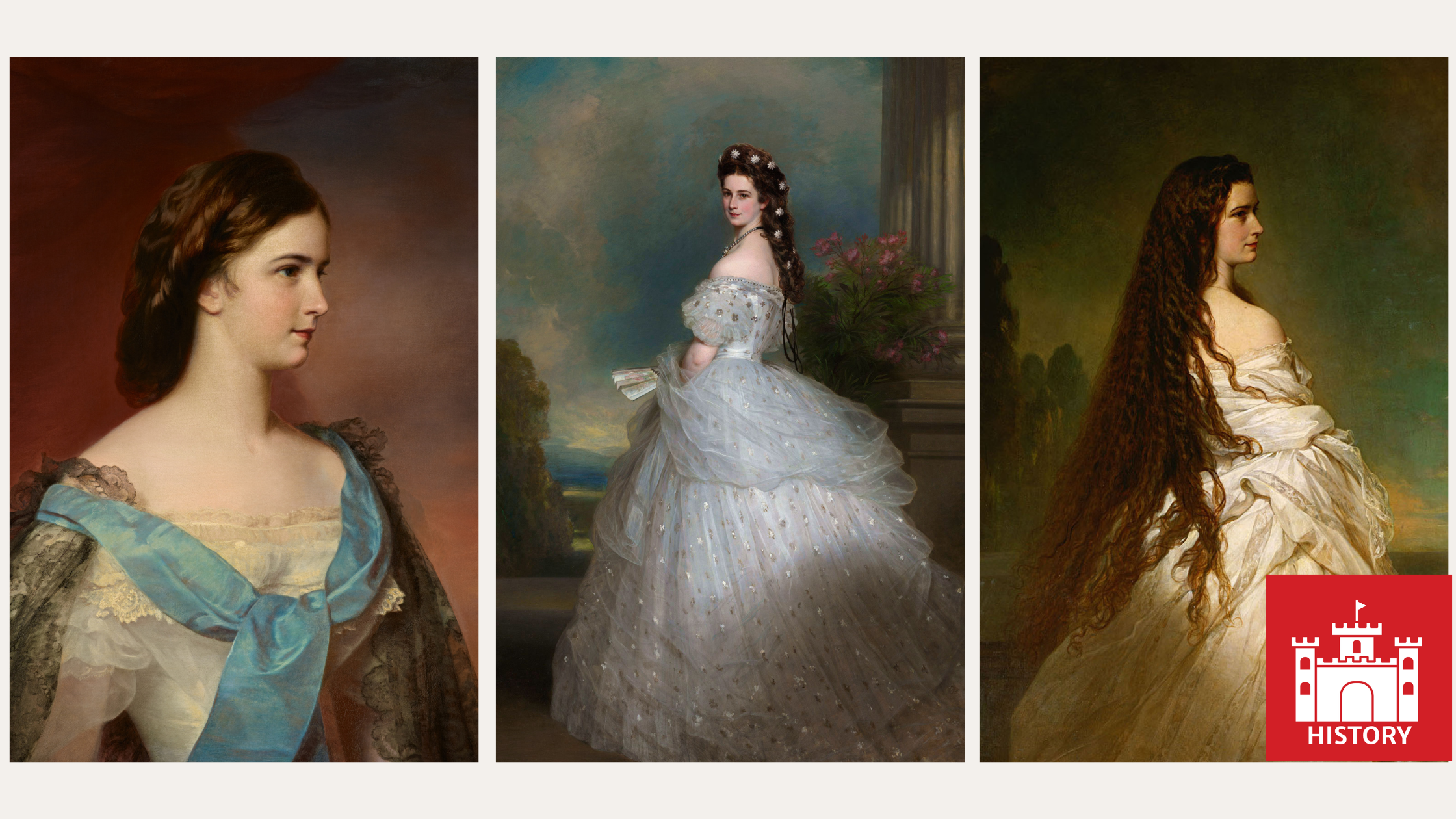
On Sissi’s Trail in Vienna
Follow in the footsteps of Sissi, Austria’s beloved Empress Elisabeth, wife of Emporer Franz Josef. Beautiful, enigmatic, and passionate, Elisabeth’s life was captured in sumptuous Technicolor in the 1950s in a blockbuster trilogy that has become an integral part of Austrian and Viennese culture.
This post contains affiliate links, including links from the Amazon Associates programs. These links will direct you to products I recommend for further exploration and enjoyment of the topics I cover on my website and in my lectures. See more in the Privacy Policy below.
Born on December 24, 1837, in Munich, Bavaria, Elisabeth (nicknamed “Sisi”) was the daughter of Duke Maximilian Joseph of the Royal Bavarian House of Wittelsbach and Princess Ludovika of Bavaria. Though royal, Elisabeth and her siblings enjoyed an informal upbringing, a stark contrast to the life that awaited her. At 16, Elisabeth’s life took an unexpected turn when she accompanied her older sister Helene to the resort of Bad Ischl, where Helene was expected to become engaged to their cousin, Emperor Franz Joseph I of Austria.
A Surprise Engagement
Franz Joseph fell in love with Elisabeth instead. The engagement was swiftly announced, shocking both families and the court. On April 24, 1854, the couple married in Vienna’s Augustinian Church, launching the young bride into a role she was ill-prepared for.
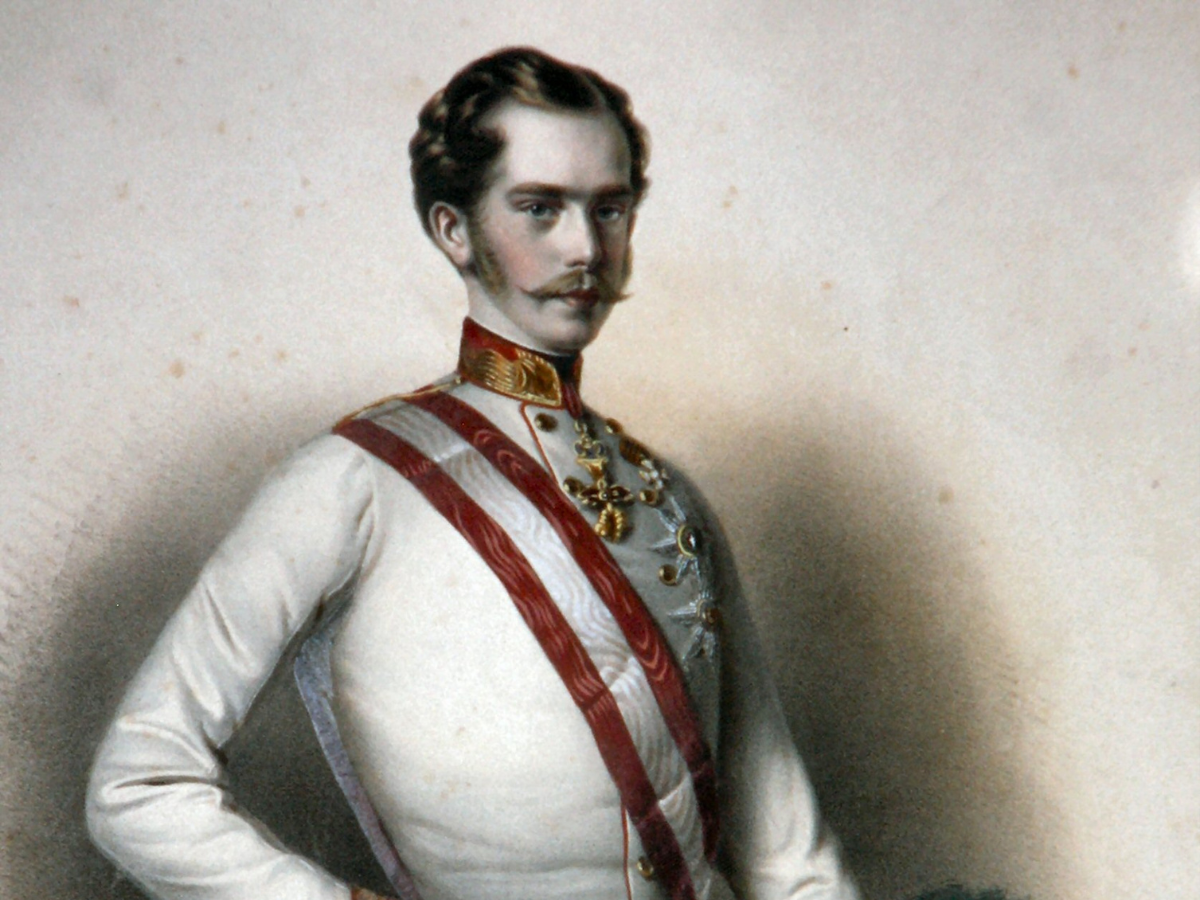
Franz Josef | Photo Credit: Wikimedia Commons
Life as Empress
Elisabeth struggled immensely to adapt to the strict etiquette of the Viennese court. The young empress found herself under constant scrutiny and criticism, particularly from her mother-in-law, Archduchess Sophie. She was expected to produce an heir, though not to be a hands-on mother, maintain a flawless appearance, and adhere to countless rules and protocols.
To cope with the pressures of court life, Elisabeth developed several outlets. She became an accomplished equestrian, often spending hours riding. She also devoted herself to poetry, writing numerous poems that reflected her inner turmoil. Travel became another escape, as Elisabeth frequently embarked on long journeys across Europe and the Mediterranean.
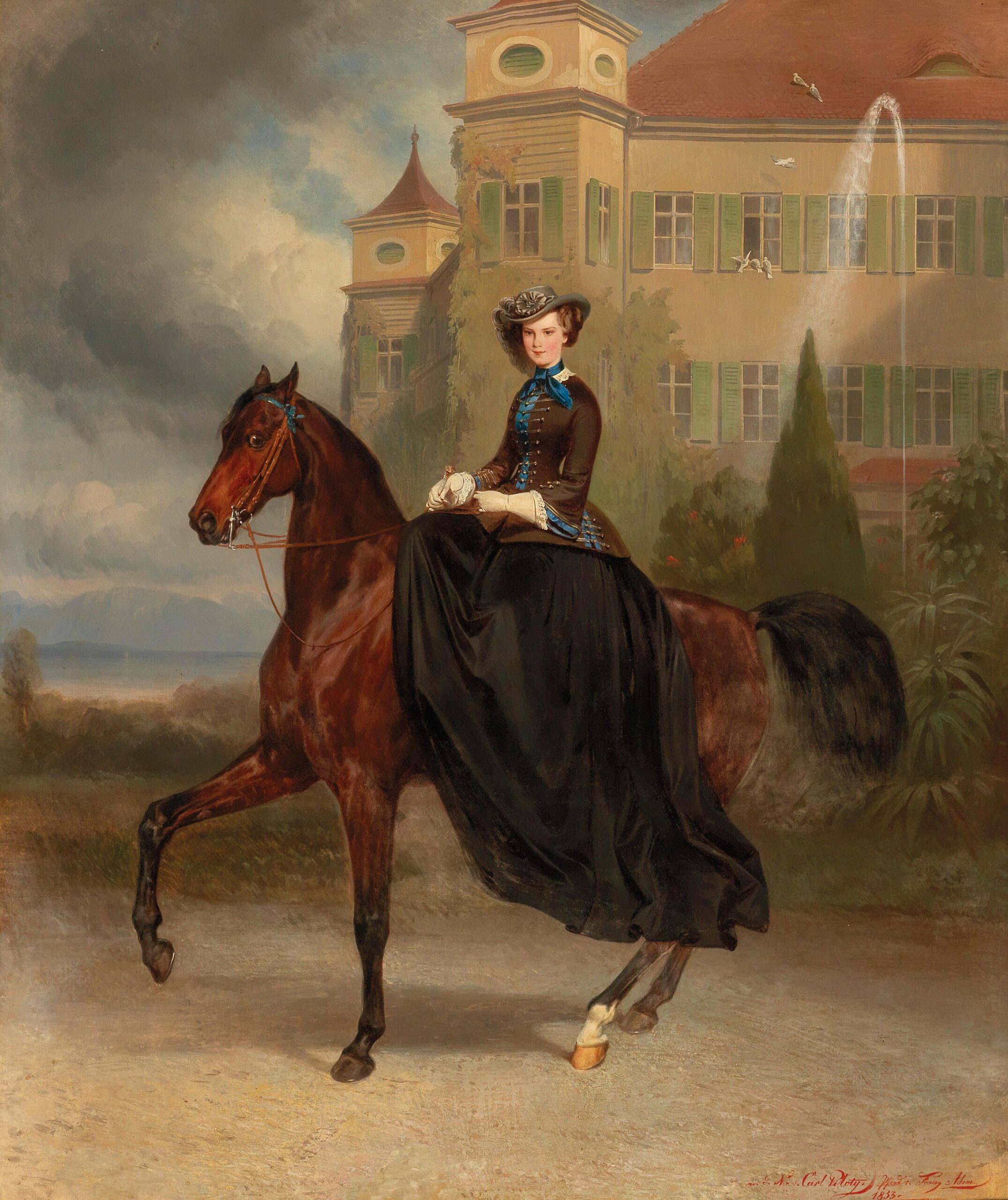
Elisabeth on Horseback by Adam Piloty | via Wikimedia Commons
Legendary Beauty
Elisabeth’s beauty became legendary, as the famous portrait of her by Franz Winterhalter attests. But it came at a cost: Elisabeth developed an almost obsessive regimen to maintain her appearance. She followed strict diets, exercised rigorously, and spent hours daily on her hair care. Her tiny waist, measuring just 50 cm (19.7 inches), became a subject of public fascination.
Tragedy and Later Years
A series of tragedies marked Elisabeth’s life. In 1867, her four-year-old daughter Sophie died of typhus. This loss deeply affected Elisabeth, driving her further into isolation. Her relationship with her surviving children, especially her only son, Crown Prince Rudolf, became increasingly strained.
The most devastating blow came on January 30, 1889, when Rudolf was found dead alongside his mistress at the hunting lodge of Mayerling. This apparent murder-suicide shocked the empire and plunged Elisabeth into deep depression. She retreated even further from public life, dressing in black and traveling incessantly.
On September 10, 1898, while traveling in Geneva, Switzerland, Italian anarchist Luigi Lucheni assassinated Elisabeth. Her death sent shockwaves through Europe and marked the beginning of the end for the Habsburg dynasty.
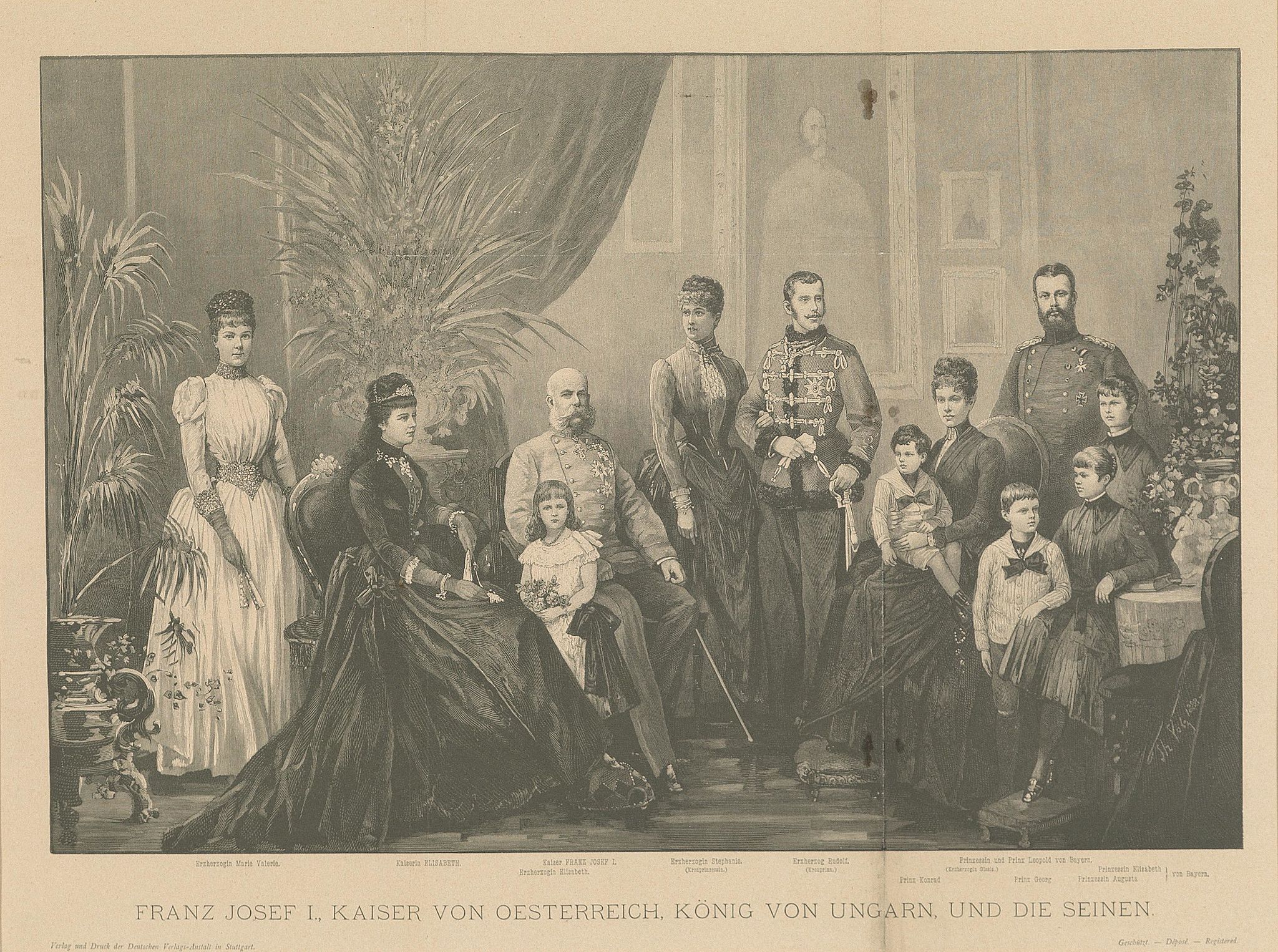
Empress Elisabeth and the Imperial Family | via Wikimedia Commons
The Sissi Films: Reimagining Elisabeth for a New Era
Creation and Production
What the Sound of Music is to the English-speaking world, the Sissi trilogy is to German-speakers and Hungarians, and especially the citizens of Vienna.
This post-war smash hit with its stunning costumes, lavish sets, and somewhat airbrushed version of historic events went a long way to restoring a sense of national pride and consciousness for both Austria and Germany, where it is now a national tradition to watch the films on Christmas Day.
In the 1950s, Austrian director Ernst Marischka embarked on an ambitious project to bring Elisabeth’s life to the silver screen. The result was a trilogy of films starring Romy Schneider as the young empress: Sissi(1955), Sissi – The Young Empress (1956), and Sissi – Fateful Years of an Empress (1957).
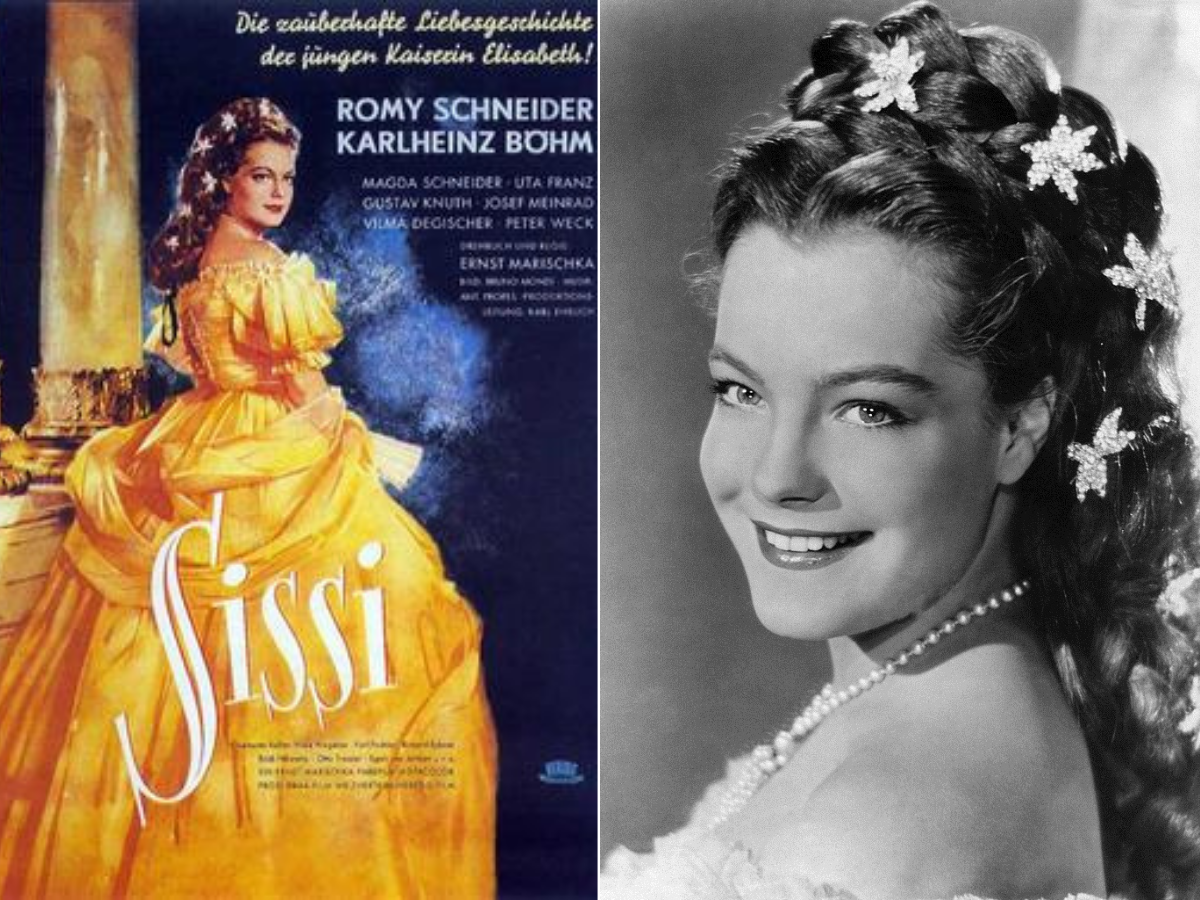
Romy Schneider as “Sissi” | via Wikimedia Commons
Marischka’s films took significant liberties with historical facts, presenting a romanticized version of Elisabeth’s life. The first firm focus on her Elisabeth’s tomboy youth, her romantic courtship with Franz Joseph, and her struggles to adapt to court life in the imperial palace. They largely glossed over the darker aspects of her later life, ending before the tragic events that would shape her final years.
The second and third films (Sissi: The Young Empress and Sissi: The Fateful Years of an Empress) chart Sissi’s increasing interest in Hungarian politics and her growing confidence as an Austrian Empress and Queen of Hungary.
“Oh Sissi”
Much of the plot of the Sissi trilogy revolves around Sisi’s clashes with her mother-in-law, the aforementioned Archduchess Sophia, and how poor Franz Josef gets caught between them. The Emperor can usually talk Sisi round with an adorable, “Oh Sissi…” which my German friend informs me is part of a beloved drinking game in Germany and Austria — a shot each time Franz utters this line. When Sisi gets into Hungarian politics, you need a clear head and something in your stomach!
The production was lavish, featuring stunning locations, including the actual Schönbrunn and Hofburg palaces. The costumes, designed by Gerdago and Leo Bei, became iconic, with Romy Schneider’s elaborate gowns and hairstyles setting a new standard for period dramas.
Impact and Cultural Significance
The Sissi trilogy was an immediate success, not just in Austria and Germany, but across Europe. The films offered a comforting, idealized view of the Habsburg monarchy as both countries were still recovering from the devastation of World War II. They provided a nostalgic escape and helped rebuild national pride.
Millions have seen the Sissi trilogy and it continues to attract new generations of viewers.
The impact of these films on tourism in Vienna cannot be overstated; they sparked a renewed interest in Elisabeth and the Habsburg era, leading to increased visitor numbers at sites associated with the empress. Many tourists come to Vienna with the romanticized image of Sissi from the films in mind, eager to walk in her footsteps.
Legacy and Modern Interpretations
While the Sissi films remain beloved classics, there has been a growing interest in the more historically accurate portrayals of Elisabeth. Modern biographies, documentaries, and dramatic works have sought to present a more nuanced view of the empress, exploring her complexity and the darker aspects of her life.
In 2009, the production team Walter Presents created a four-season costume drama, Sisi in German, starring Dominque Devenport as Elisabeth, which offered the first modern update to the Sissi trilogy, and addressed some of the mental and physical challenges Elisabeth faced as empress.
In 2022, Netflix released the series The Empress, offering a new interpretation of Elisabeth’s story for a contemporary audience. This series, while still romanticized, attempts to delve deeper into Elisabeth’s psychology and the political context of her time.
In 2022, the film Corsage, written and directed by Marie Kreutzer, starring Vicky Krieps as Elisabeth, looks at Elisabeth as she neared 40: her estrangement from Emperor Franz Josef, and her obsession with maintaining her looks and slim figure, and her flirtation with various lovers.
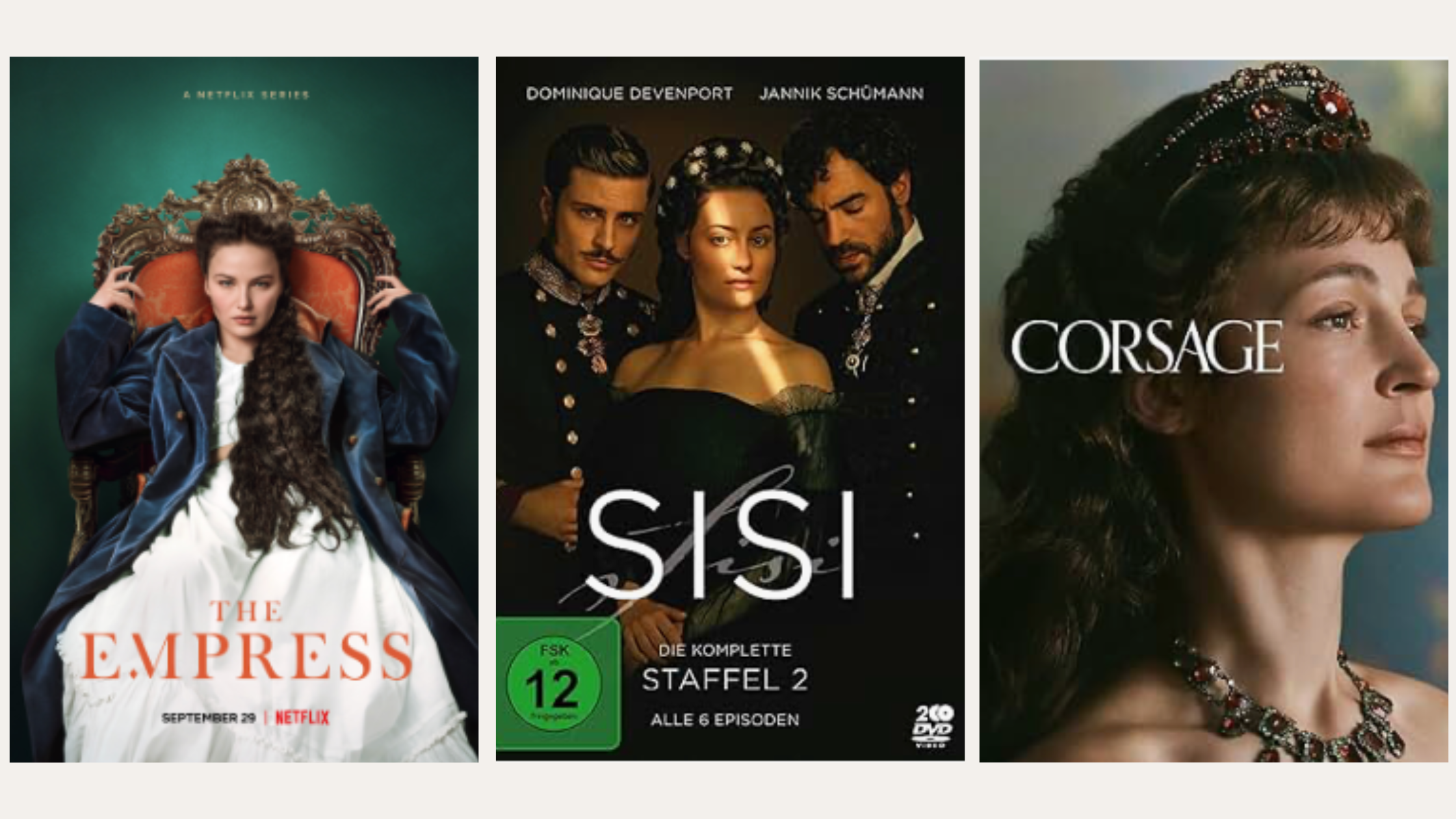
Despite these new interpretations, the Sissi films continue to hold a special place in Austrian and German culture. They represent not just a reimagining of Elisabeth’s life, but a pivotal moment in post-war cinema and an enduring cultural phenomenon that has shaped perceptions of Austrian history for decades.
Empress Elisabeth’s Vienna: A Tour of Sissi’s City

The Hofburg Palace | Photo credit: Mister Vlad via Shutterstock
The Hofburg Palace
Vienna PASS: Admission to 90+ Attractions
The Hofburg Palace, located in the heart of Vienna, served as the winter residence of the Habsburg rulers. Elisabeth spent much of her time here during her years in Vienna. Today, visitors can explore the Imperial Apartments, which have been preserved to reflect the era of Franz Joseph and Elisabeth.
Within the Hofburg complex, the Sisi Museum offers a comprehensive look at Elisabeth’s life. It houses a collection of her personal items, including gloves, parasols, and her famous beauty products. The museum also displays several of her gowns, giving visitors a sense of her legendary beauty and style.

Schönbrunn Palace | Photo credit: Mister Vlad via Shutterstock
Schönbrunn Palace
Schönbrunn Palace, the summer residence of the imperial family, played a significant role in Elisabeth’s life. The palace’s extensive gardens provided her with a retreat from court life. She was fond of the Gloriette, a hilltop pavilion offering panoramic views of Vienna.
Visitors can tour the palace’s opulent rooms, including Elisabeth’s private apartments. The nearby Schönbrunn Zoo, founded in 1752, was a favorite spot for Elisabeth and her children.
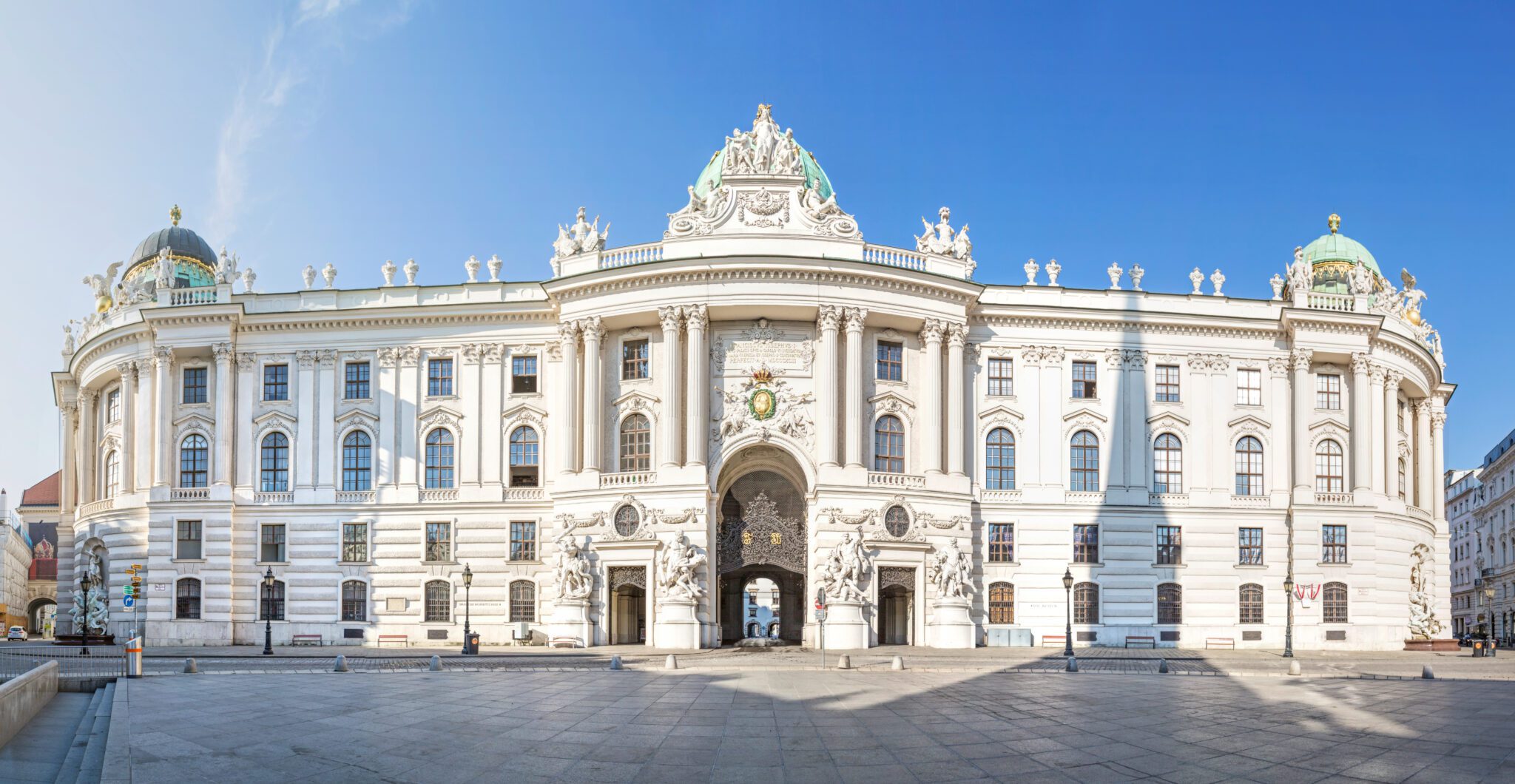
The Spanish Riding School, Vienna | Photo via Shutterstock
The Spanish Riding School
While Elisabeth didn’t perform at the Spanish Riding School, it represents her passion for equestrianism. The school, home to the famous Lipizzan horses, continues to showcase classical dressage in its stunning baroque hall. Visitors can attend performances or take guided tours to learn about the school’s history and its connection to the imperial family.
Find out more about the Spanish Riding School from this article.
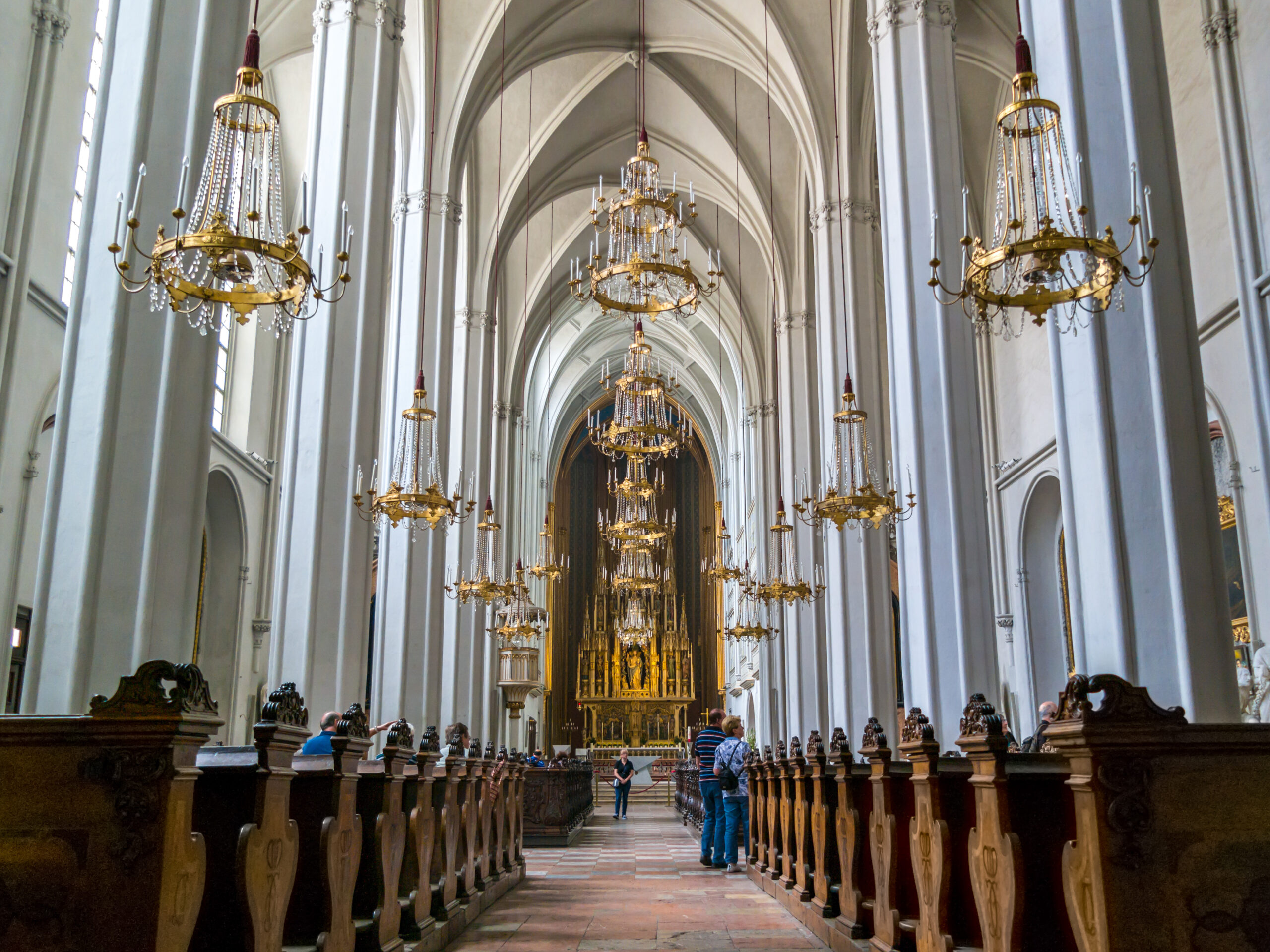
Augustinian Cathedral Vienna | Photo credit: TasfotoNL via Shutterstock
Augustinian Church
This 14th-century church was the site of Elisabeth and Franz Joseph’s wedding in 1854. The church continues to be a popular venue for imperial weddings and christenings. Visitors can see the nave where the young couple exchanged vows, beginning their tumultuous life together.
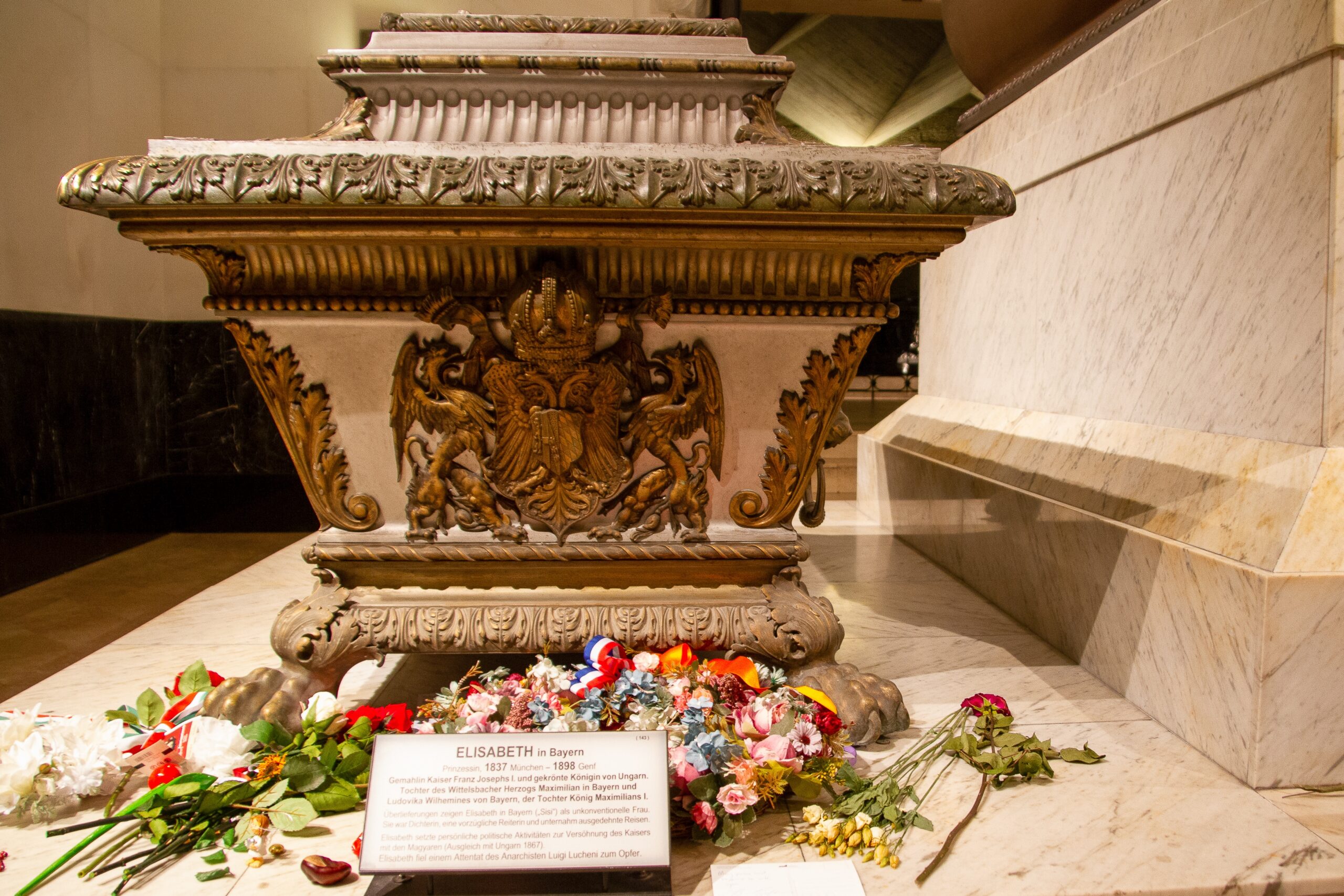
Elisabeth’s tomb in the Kapuzinergruft (Imperial Crypt) | Photo credit: Jean-Marc Pierard via Shutterstock
Kapuzinergruft (Imperial Crypt)
The Kapuzinergruft serves as the last resting place for Elisabeth and other members of the Habsburg dynasty. Her ornate sarcophagus lies next to that of Franz Joseph. The crypt provides a somber reflection on the legacy of the Habsburg empire and Elisabeth’s place within it.
Sissi’s Vienna Today
Empress Elisabeth of Austria remains a fascinating and complex figure, her life a bittersweet fusion of fairy tale and tragedy. From the opulent halls of the Hofburg to the serene gardens of Schönbrunn, her presence is still very palpable in Vienna. The Sissi films, along with the new series and films, have done their part to keep her memory alive and shaping her image in popular culture. For visitors to Vienna, exploring the sites associated with Elisabeth offers a unique window into the waning years of the Habsburg Empire and the life of a woman who, despite her privileged position, struggled to find her place in the world.
Resources Consulted for this Article
Researching this topic to create this article, inform my explorations of Vienna and Empress Elisabeth scene, I have found the following books to be incredibly useful and informative. You can get these and other wonderful books, podcasts, and other audio-visual information from my Destination Resources, which are curated lists for each region I work in, as well as topics such as Royal and Social History. I hope you find them helpful and entertaining.
Access the Destination Resources here.
- Hamann, Brigette, The Reluctant Empress: A Biography of Empress Elisabeth of Austria
- Haslip, Joan, The Lonely Empress: Elizabeth of Austria
- Judson, Pieter M., The Habsburg Empire: A New History
- Rady, Martin, The Habsburgs: To Rule the World
Thank you for stopping by and I hope you’ve enjoyed pursuing this article! There are plenty more to enjoy — check out the list below!
I am a food and travel writer as well as a cruise ship lecturer: my passion is exploring the cuisine, history, and culture of new places and writing about them here.
I hope you’ll consider staying connected with me by subscribing to my newsletter, Destination Curation, where I look at the intersection of history, culture, and cuisine in major destinations. You can also join the conversation on Facebook and Instagram.
Enjoy More Posts Like This One
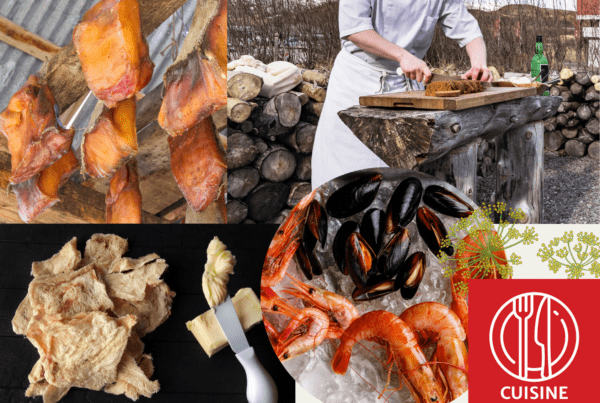 The Must-Try Things to Eat and Drink in Iceland
The Must-Try Things to Eat and Drink in Iceland
The Must-Try Things to Eat and Drink in Iceland
 8-Hours in Bruges, Belgium: The Perfect Itinerary
8-Hours in Bruges, Belgium: The Perfect Itinerary
8-Hours in Bruges, Belgium: The Perfect Itinerary
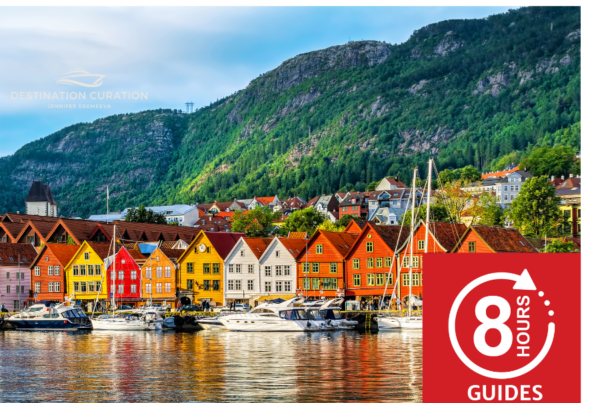 8 Hours in Bergen: A Guide to Norway’s Second City
8 Hours in Bergen: A Guide to Norway’s Second City
8 Hours in Bergen: A Guide to Norway’s Second City
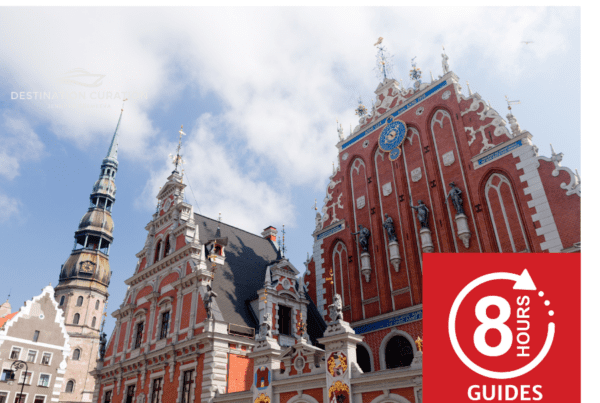 8 Hours in Captivating Riga, The Capital of Latvia
8 Hours in Captivating Riga, The Capital of Latvia
8 Hours in Captivating Riga, The Capital of Latvia
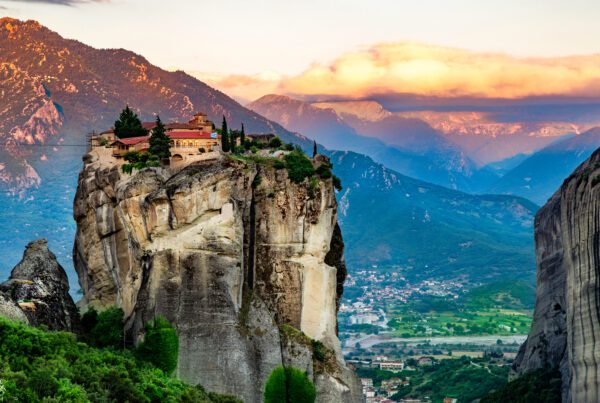 Day Trips from Athens: Meteora, Greece’s Hidden Gem
Day Trips from Athens: Meteora, Greece’s Hidden Gem
Day Trips from Athens: Meteora, Greece’s Hidden Gem
 My Top 10 Travel Planning Tools
My Top 10 Travel Planning Tools
My Top 10 Travel Planning Tools
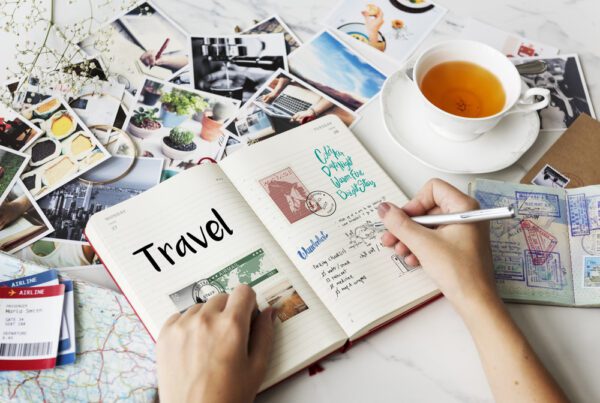 7 Steps to a Perfect Travel Bucket List
7 Steps to a Perfect Travel Bucket List
7 Steps to a Perfect Travel Bucket List
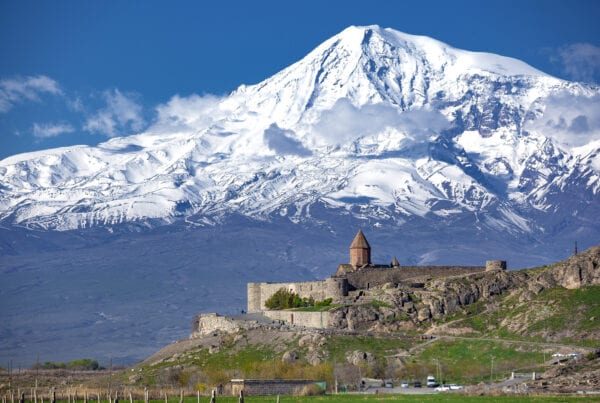 The Mysteries of Mount Ararat
The Mysteries of Mount Ararat
The Mysteries of Mount Ararat
 Budapest’s Iconic Parliament
Budapest’s Iconic Parliament
Budapest’s Iconic Parliament
 Podcast: Moscow Monumental
Podcast: Moscow Monumental
Podcast: Moscow Monumental
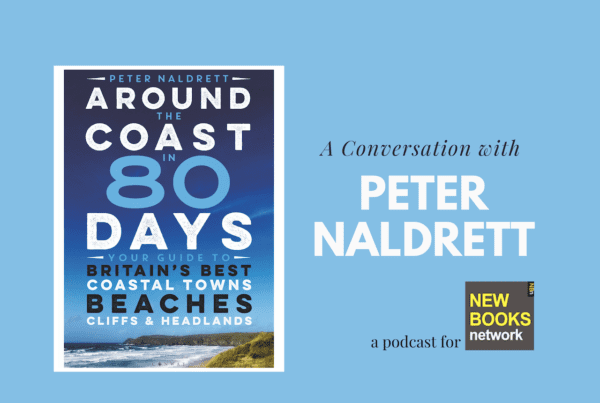 Podcast: Around the Coast in 80 Days
Podcast: Around the Coast in 80 Days
Podcast: Around the Coast in 80 Days
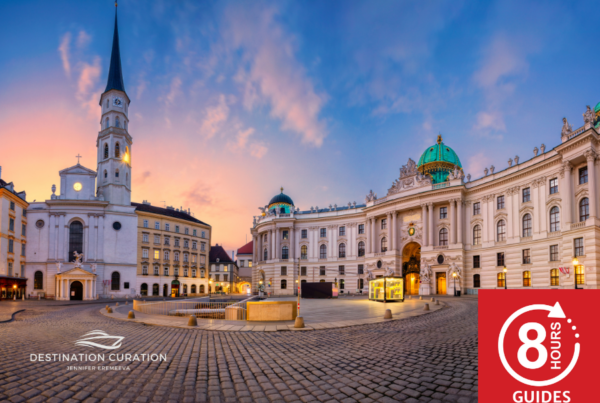 8 Hours in Vienna, Austria: The Best Things to Do
8 Hours in Vienna, Austria: The Best Things to Do
8 Hours in Vienna, Austria: The Best Things to Do
 40+ Thoughtful Gift Ideas for Cruise Passengers 2024
40+ Thoughtful Gift Ideas for Cruise Passengers 2024
40+ Thoughtful Gift Ideas for Cruise Passengers 2024

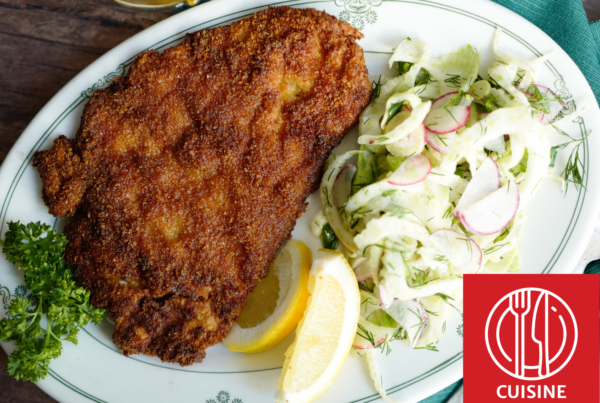
One Comment